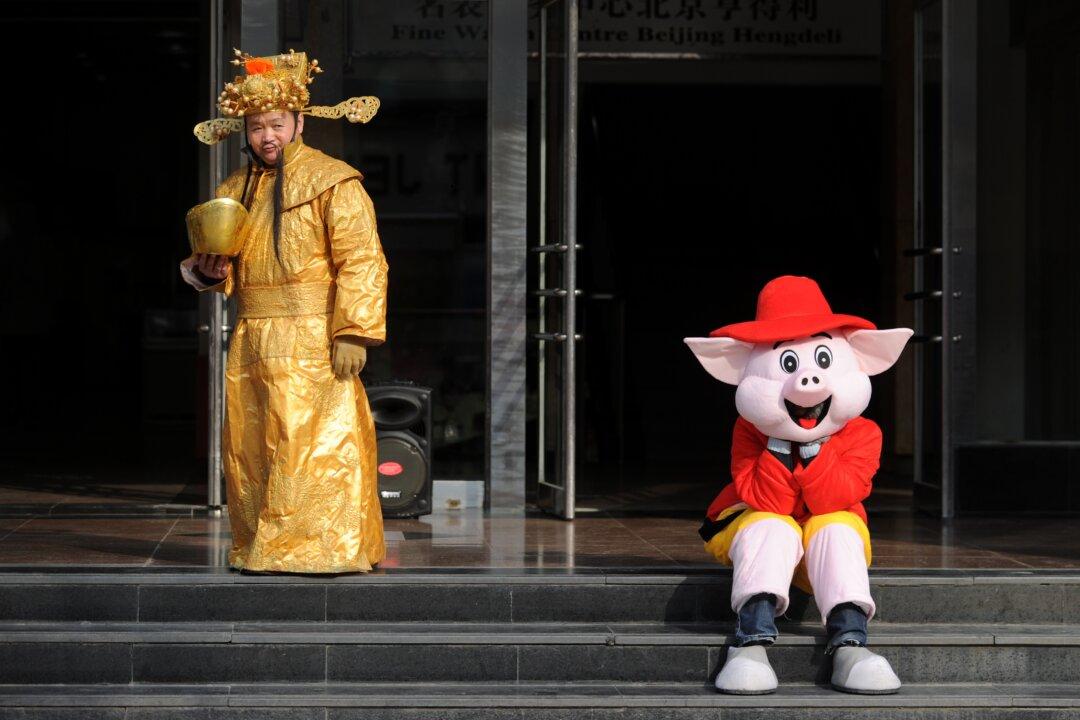In the new normal of investing, central banks run the economy. If growth slows down, the central bank will fix it. If the currency is too high, the central bank will fix it.
Especially the Chinese central bank (PBOC) was very adept at managing small or large glitches in China’s planned economy, at least until recently and without worrying about the long-term effect. In 2016, however, managing the economy and the exchange rate became too tall of an order.
So the PBOC leaked documents to the press saying it can’t do everything at the same time, like keep the yuan from falling and stimulate the domestic economy.
The South China Morning Post cites a leaked memo in which assistant central bank governor Zhang Xiaohui told commercial banks that “a too-loose liquidity situation may result in relatively big pressure on the yuan exchange rate.”
He also said the PBOC won’t use the market’s preferred measure of stimulus, a cut in the required reserve ratio, which gives banks more room to lend and expand credit in the economy.
“A cut in the required reserve ratio would be too strong a signal [to send to the market], and we can use other tools to provide the market with liquidity,” he said.
The PBOC finally realized that it too is subject to the law of the impossible trinity, which says you can only have two out of the three following treats: an independent monetary policy, a stable currency, and an open capital account.
So according to the leaked memo, later confirmed by the official minutes, the PBOC chooses to have a stable currency and consequently must import the Federal Reserve’s tight monetary policy.
Blurred Lines
But the options here are not black-and-white given China’s recent push for reform.
First of all, China’s capital account is neither completely open nor completely closed. While there are many restrictions, like the maximum $50,000 an individual can transfer out of the country every year, those limitations are violated on a daily basis and to a larger degree by multinational firms and wealthy individuals with political connections.






